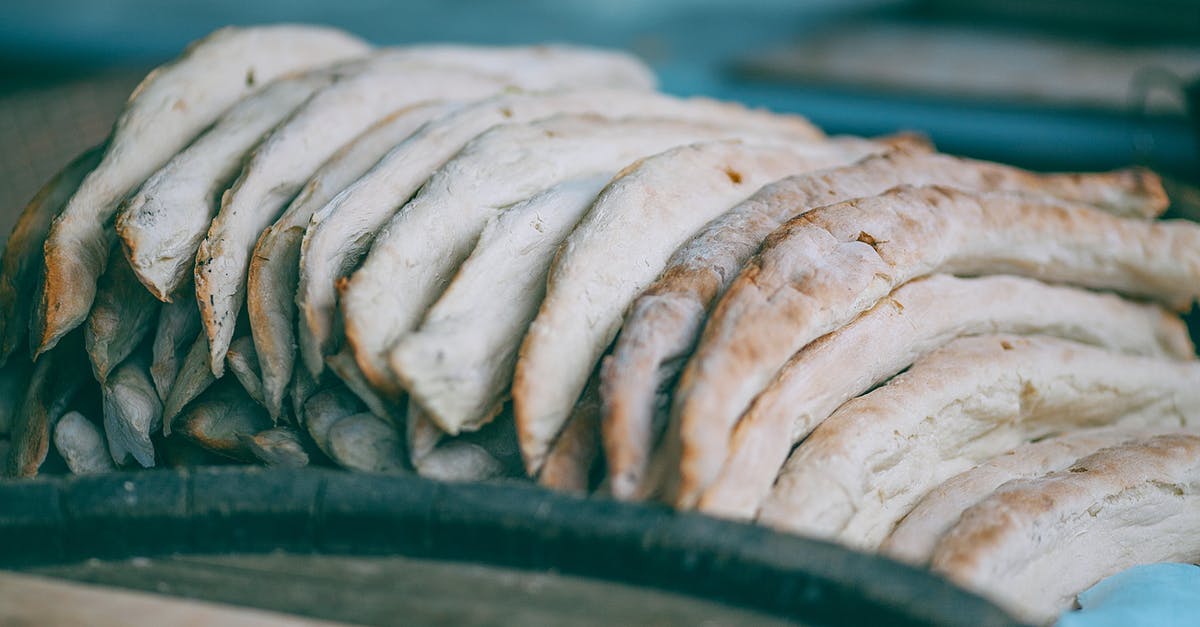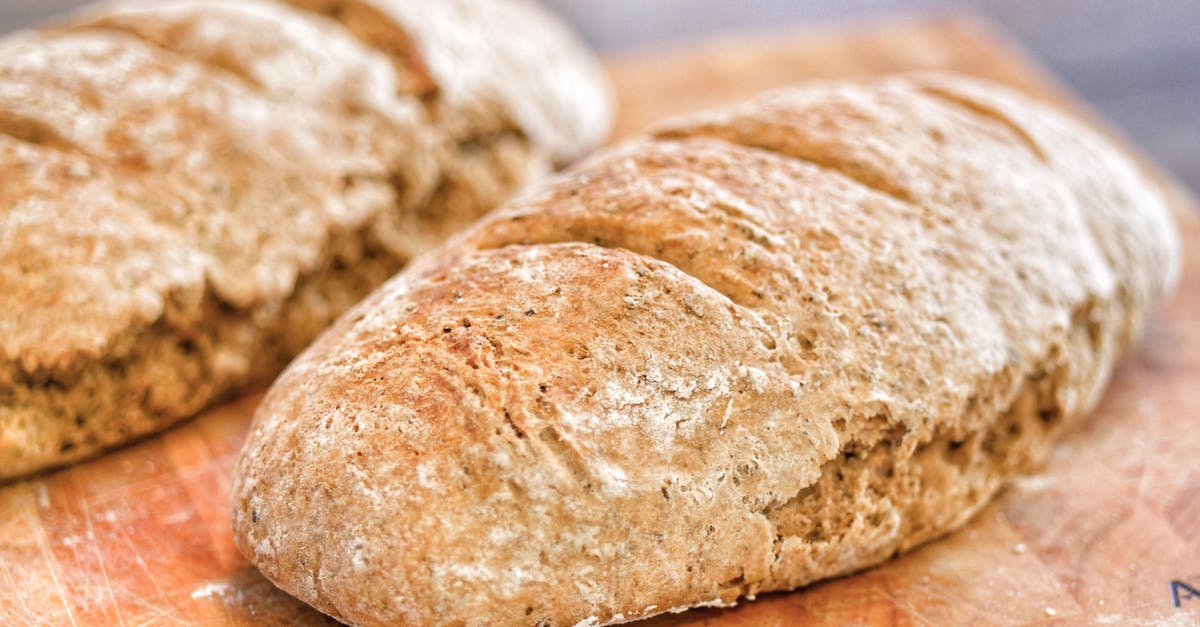High Altitude Rye Bread

New bread maker here.
I've been playing around with some various breads over the least year and have had some pretty decent success with white breads, seed breads light rye and even Paczki. Not only am I challenged by not having much knowledge of bread making (I'm basically just following directions), but my bigger challenge is that I live in the foothills of the Rocky Mountains at 9,300 ft, which obviously the recipe doesn't give me adjustments for.
I've found a nice conversion website that outlines the various ingredients to adjust based on elevation and thus far the conversions have done me well with the mentioned breads.
I tried for the first time a rye bread, made with rye and whole wheat flours only. The bread came out quite gooey. From what I can tell, it seems that I may have added too much liquid. However, I add more liquid due to the elevation, so now I'm not entirely sure where the problem may be. In any case, from what I'm reading, it seems that this type of bread is pretty sensitive, so perhaps this is beyond my ability to figure out alone.
The specific bread in question in a Lithuanian Dark Rye bread. My girlfriend is Lithuanian and she brags so much about THEIR bread, so I'm trying to impress her with my awesomeness. She's not yet impressed after my first attempt.
What's more, the recipe I'm using as the starter seems to be for 2 pretty large loafs, so I cut that in half, and then I added a few little things to it that seemed like a good idea (that I found in other rye bread recipes), and then adjusted yeast and water for the elevation.
Also of note, the bread seemed like it needed salt, so I'll also be uping the salt from the recipe, I don't know if that's related to any of the problems but thought I should mention it.
The texture and rise of the bread came out perfect.
Another note: I adjusted the process to work with a bread machine. This loaf is way too big to cook in a bread machine, but I am using the bread machine for mixing and rising (until it rises too far). I like the bread machine since it does the mixing but also because it provides some warmth since I don't usually have a very warm house at these elevations.
I ended up using a bread pan to cook the loaf, but I'd really prefer to bake it as a round simply for aesthetic reasons. But this dough was too runny to hold a round shape for long so I used a pan.
Sponge
- 1 3/4 Cups Water
- 2 cups dark rye flour
- 1 tsp Active Dry Yeast (reduced for elevation)
- 1 tablespoons caraway seeds
Dough
- 1 cups scalded milk , cooled to 110 degF
- 1 tbs butter
- 1 tbs sugar
- 1/2 tsp Salt
- 1/2 cup extra water (for altitude)
- 1/4 cup dill pickle juice (my addiction, this is also some extra liquid for altitude)
- 1 tbs molasses (my addition)
- 1 1/4 cups whole wheat flour
- 1 large egg white (beaten)
Make the Sponge
- In a bread machine, combine water, rye flour, yeast and caraway seeds. Run machine on dough cycle
- Let stand overnight
Make the Dough
- Mix butter, sugar and salt into scalded mix while it cools
- Pour milk mixture into bread machine with the sponge
- Add pickle juice, molasses and extra water
- Add the flour
- Run machine on dough cycle
- Allow to rise as much as possible in bread machine
- Transfer to oiled bowl
- Allow to double in size
- Fold down and form in bread pad
Cook
- Pre-heat oven to 450
- Coat bread with egg whites
- Cook bread at 450 for 15 minutes, and then reduce to 350
- Cook until an internal temperature of 180
- When done, allow to cool at least 1 hr
Pictures about "High Altitude Rye Bread"



How do I get my bread to rise in high altitude?
If this is you, then you need to make some adjustments to your recipes to ensure that your baked goods rise evenly.How does altitude affect bread dough?
High altitude (over 3,000 feet) affects bread baking because the lower air pressure allows the yeast to rise 25 to 50 percent faster, and the drier air makes the flour drier. If the dough over-rises, the results might be a heavy, dry loaf or misshapen or collapsed loaf.Is Russian black bread the same as pumpernickel?
The bread does taste strikingly similar to my beloved pumpernickel, and the ingredients \u2014 rye flour, molasses, cocoa powder \u2014 seem to fit the bill. But it just wasn't quite the same.Does rye bread always have caraway?
In the United States, bread labeled as "rye" nearly always contains caraway unless explicitly labeled as "unseeded." In Canada (especially Montreal), bread labeled as "rye" often has no seeds, whereas bread labeled as "kimmel" is usually rye with caraway fruits.High Altitude Baking Pat 3 | Adjusting Recipes And Ingredients
Sources: Stack Exchange - This article follows the attribution requirements of Stack Exchange and is licensed under CC BY-SA 3.0.
Images: Maria Orlova, Nikita Belokhonov, Gil Goldman, Nadin Sh
